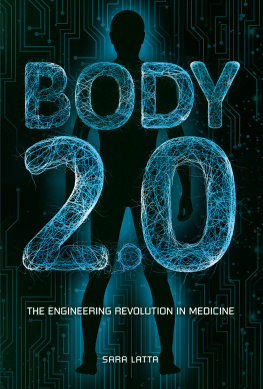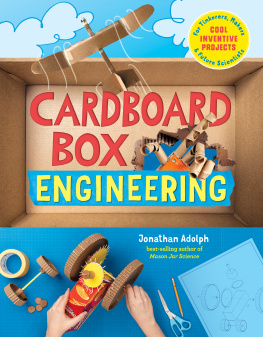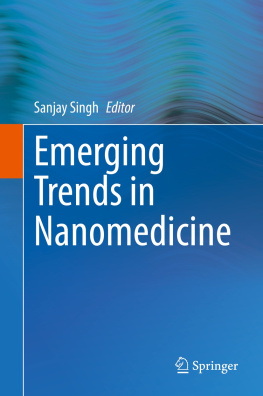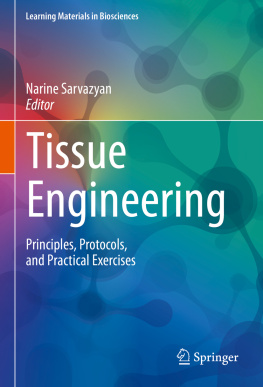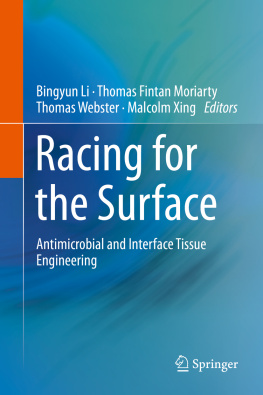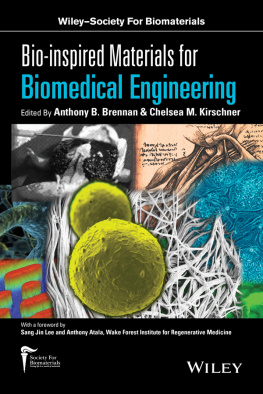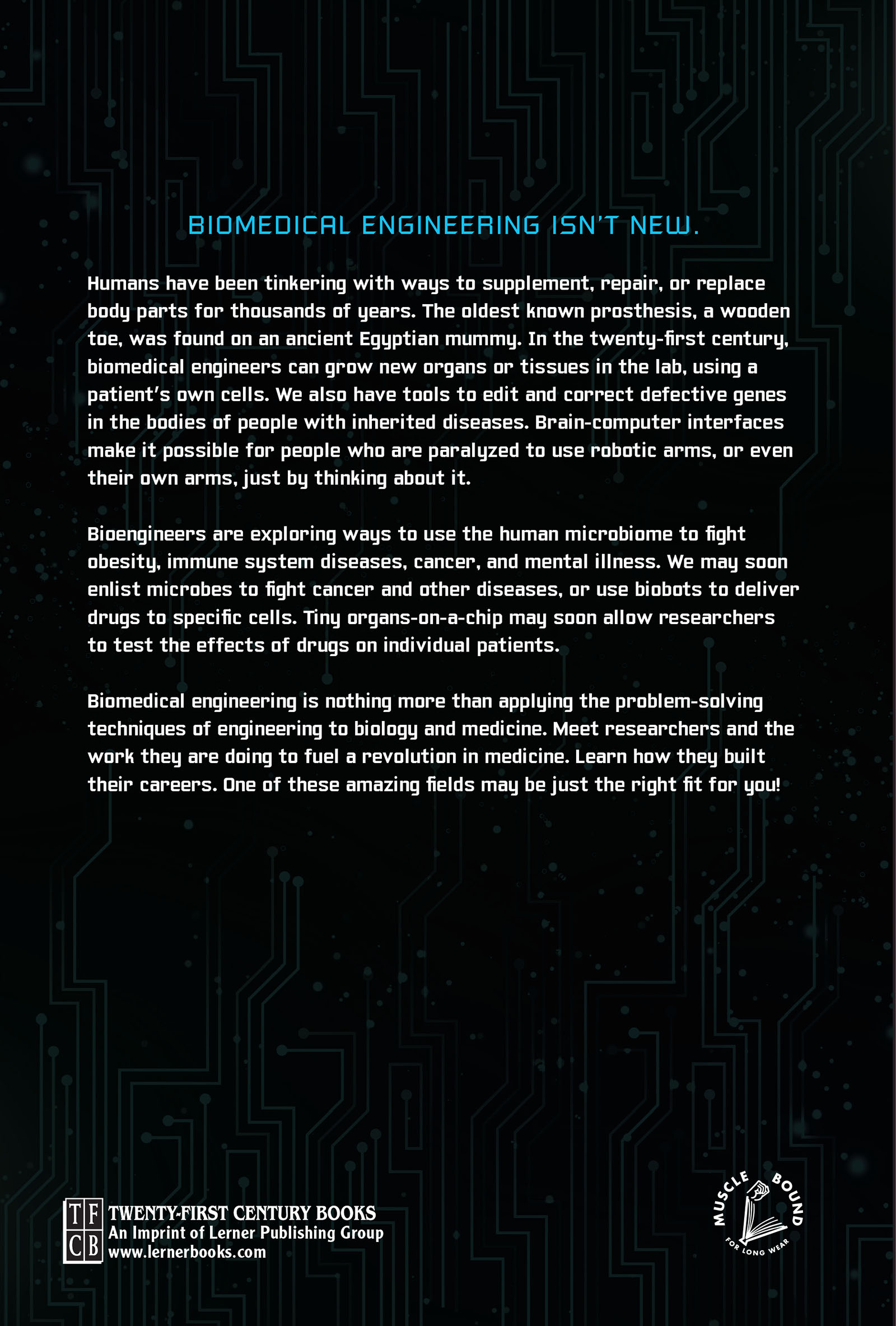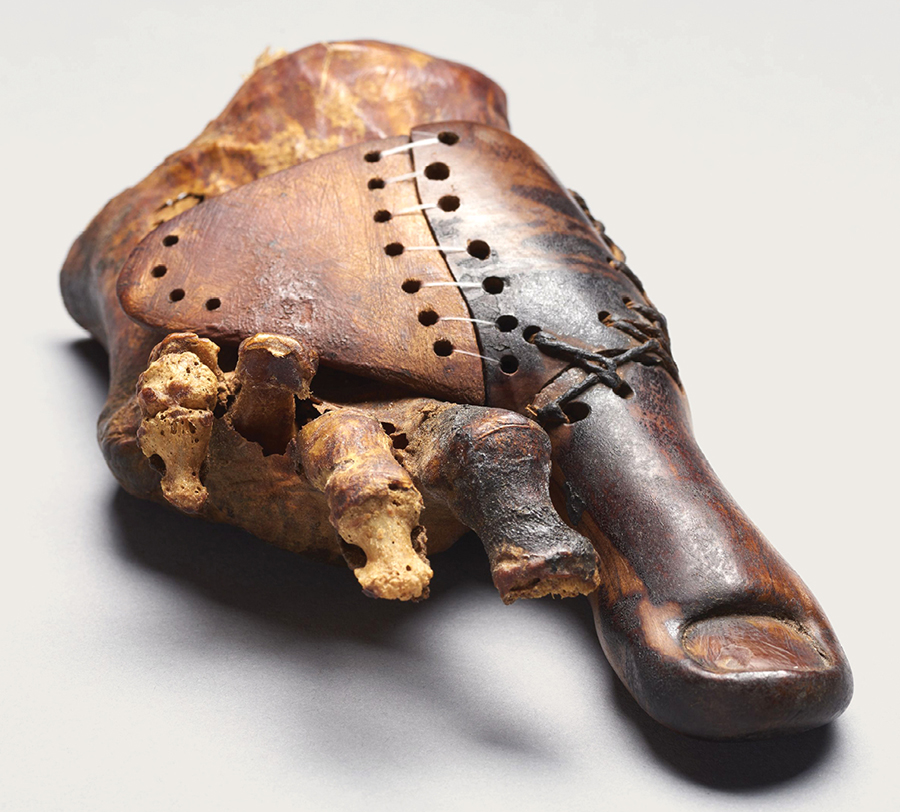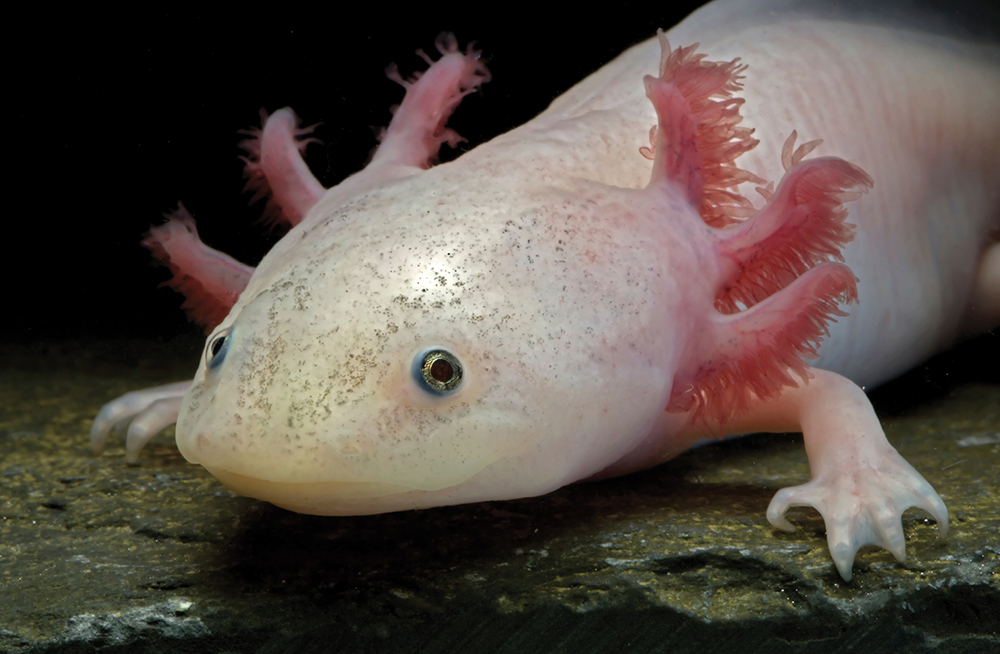Many thanks to my editor par excellence, Domenica Di Piazza, whose intellectual curiosity, editorial rigor, and boundless patience made this book what it is
Text copyright 2020 by Lerner Publishing Group, Inc.
All rights reserved. International copyright secured. No part of this book may be reproduced, stored in a retrieval system, or transmitted in any form or by any meanselectronic, mechanical, photo copying, recording, or otherwisewithout the prior written permission of Lerner Publishing Group, Inc., except for the inclusion of brief quotations in an acknowledged review .
Twenty-First Century Books
An imprint of Lerner Publishing Group, Inc.
241 First Avenue North
Minneapolis, MN 55401 USA
For reading levels and more information, look up this title at www.lernerbooks.com .
Main body text set in Conduit ITC Std.
Typeface provided by International Typeface Corp.
Library of Congress Cataloging-in-Publication Data
Names: Latta, Sara L., author.
Title: Body 2. 0 : the engineering revolution in medicine / Sara Latta.
Description: Minneapoli s : Twenty-First Century Books, [2020 ] | Audience: Age 1318 . | Audience: Grade 9 to 12 . | Includes bibliographical references and index . |
Identifiers: LCCN 2018054864 (print ) | LCCN 2018056397 (ebook ) | ISBN 781541543904 (eb pdf ) | ISBN 781541528130 (l b : alk. paper)
Subjects: LCSH: Biomedical engineeringJuvenile literature . | Regeneration (Biology)Juvenile literature.
Classification: LCC R856.2 (ebook ) | LCC R856.2 .L38 2020 (print ) | DDC 610.28dc23
LC record available at https://lccn.loc.gov/2018054864
Manufactured in the United States of America
1-44689-35528-5/2/2019
Contents
Introduction
From Wooden Toes to Biobots
If a Salamander Can Grow a New Leg, Why Cant I?
Organs Made to Order
Brainpower
Editing the Human Genome
Shining a Light on Neuroscience
Designer Bacteria
Careers in Biomedical Engineering
Introduction
From Wooden Toes to Biobots
B iomedical engineering isnt exactly new. Humankind has been tinkering with ways to supplement, repair, or replace body parts for thousands of years. The oldest known prosthesis, a wooden toe, was found on an ancient Egyptian mummy. Contact lenses, eyeglasses, and hearing aids are commonplace in the twenty-first century. They are all examples of the ways in which we use biomedical engineering to modify our bodies in response to injury or disease. We are in the midst of a revolution in biomedical engineering that will forever change the way we think about medicine and maybe even life itself.
In 2017 archaeologists discovered this prosthetic toe in an ancient Egyptian grave site. The wooden prosthesis is at least three thousand years oldone of the oldest ever foundand was attached to a female mummy, which researchers determined was that of a priests daughter.
With new technologies, we can grow new organs or tissues in the lab, using a patients own cells, to replace or repair diseased or damaged organs. Tiny organs-on-a-chip may soon become important methods of testing the effects of drugs on individual patients. We have tools to edit and correct defective genes in the bodies of people with inherited diseases with a precision never before possible.
Neuroengineers, or engineers who use principles and techniques to study and treat disorders or injuries to the nervous system, have new tools and technologies to tap into the nervous systems capabilities. With brain-computer interfaces (BCIs), people who are paralyzed can use robotic arms, or even their own arms, just by thinking about it. Artificial retinas may soon give blind people new sight. The retina is the layer of nerve cells lining the back wall inside the eye that senses light and sends signals to the brain. Scientists are learning how to control neural, or brain, circuits with light.
In his famous work Song of Myself, nineteenth-century American poet Walt Whitman wrote, I am large, I contain multitudes. Although he was referring to the complex and often contradictory nature of individuals, little did he know that humans have multitudes of microbes (bacteria and other microorganisms)trillions of them, mostly in our digestive tract. Humans have one hundred times as many microbial genes than human genes inside their bodies.
The microbiota, our bodys constellation of microbes, plays a vital role in human health and disease. Bioengineering applies engineering principles of design and analysis to studying biological systems and developing biomedical technology. Bioengineers are using the human microbiome to fight obesity, diseases of the immune system, cancer, and mental illness. We may soon enlist microbes, including some of the trillions living inside our bodies, to help us fight cancer and other diseases, or use biobots (robots that are partly or totally made of biological materials) to deliver drugs to specific cells.
Biomedical engineering is nothing more than applying the principles and problem-solving techniques of engineering to biology and medicine. Nothing more, and yet its fueling a revolution in medicine.
If a Salamander Can Grow a New Leg, Why Cant I?
I n 1768 the Italian scientist Lazzaro Spallanzani reported that certain worms, snails, and amphibians had the remarkable capacity to regenerate, or regrow, amputated body parts. He could chop off the leg of a salamander, andvoila!it would grow back again. His claim that snails could sometimes even grow a new head caught the attention of Voltaire, a French writer and philosopher. Voltaire successfully repeated the experiment and wrote a letter to a friend expressing his hope that humans would one day be able to harness the ability to regrow body parts. He added, with his characteristic wit, that for many people a different head might be a great improvement.
The reality of humans growing new heads is perhaps ludicrous. But advances in medicine and bioengineering have moved regeneration in humans from the realm of science fiction toward reality.
Scientists such as Karen Echeverri at the Marine Biological Laboratory in Woods Hole, Massachusetts, are studying axolotls ( above ) to learn more about how this vertebrate (animal with a spinal column) regenerates body parts and organs. Sea stars ( below ), also known as starfish, are invertebrates that are closely related to sea urchins and sand dollars. Scientists have identified about two thousand species of sea star in the worlds oceans. Five-arm varieties like this one are the most common, but some species have ten, twenty, and even forty arms. Sea stars can regenerate their arms and body organs.

Humans do have a limited capacity for regeneration. We regenerate the top layer of our skin, or epidermis, every two weeks. We can regrow our liver from as little as one-quarter of its original mass. Children up to the age of fifteen who have lost a fingertip can sometimes regenerate a new one, as long as there is a bit of fingernail left and the wound isnt stitched up. But unlike salamanders, starfish, and snails, we cant grow an entire limb or an organnot yet, anyway. To understand why not and how scientists are trying to figure out how to re-create that secret sauce of regeneration for humans, we need to understand how we generate new cell types.

